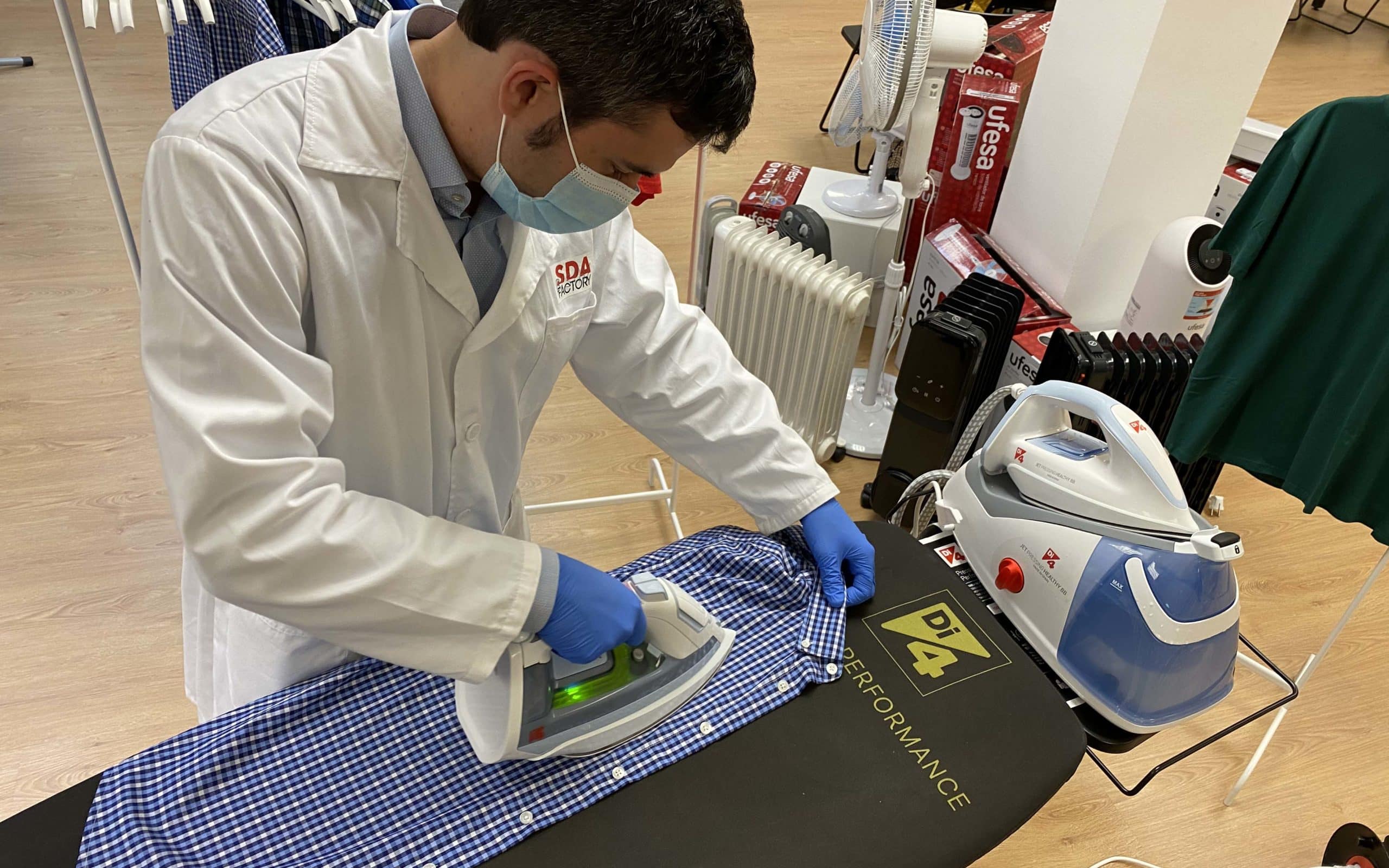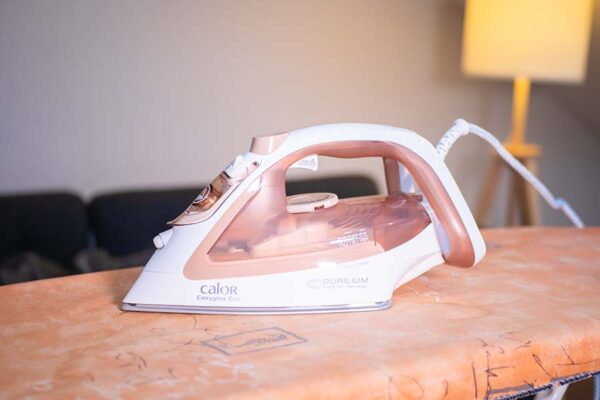
Acaba con las arrugas en la ropa con estos 15 accesorios para planchar | Escaparate: compras y ofertas | EL PAÍS

Braun Texstyle 3 SI3053BL - Plancha para la Ropa de Vapor de 2400W con Suela Bidireccional 3D Superceramic, Vapor 170 gr/min, Depósito de 270ml, Color Azul : Amazon.es: Hogar y cocina

Acaba con las arrugas en la ropa con estos 15 accesorios para planchar | Escaparate: compras y ofertas | EL PAÍS

Braun Texstyle 3 SI3030PU - Plancha para la Ropa de Vapor de 2300W con Suela Bidireccional 3D Superceramic, Vapor 140 gr/min, Déposito de 270ml, Color Frambuesa : Amazon.es: Hogar y cocina







:format(jpg)/f.elconfidencial.com%2Foriginal%2Fa4f%2Fc25%2F67e%2Fa4fc2567e412935e587f8434a51008e3.jpg)




:format(jpg)/f.elconfidencial.com%2Foriginal%2Fe42%2Fcc6%2Ff63%2Fe42cc6f63e64fcad7a2162f432b7d642.jpg)


:format(jpg)/f.elconfidencial.com%2Foriginal%2Fdde%2Fdec%2Fe06%2Fddedece0681edfc10fdedb85689e8f23.jpg)






